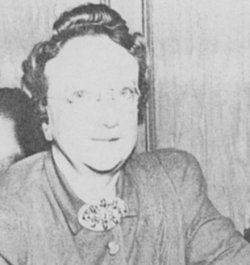Radio Articles
Remembering KYMC
Together with Don Kohn and David Brittenham and several others I helped put KYMC on the air—I believe it was January or February of 1977 or 1978, and the original call letters were K-L-M-A, not KYMC. I think it is possible a few folks from KADI were involved as volunteers in the early days, though I am not quite sure. I was on the air the first night or second.
The KLMA call letters were utilized the first few months until it was realized that they were already assigned elsewhere (small TV station or police radio station something like that) so call letters K Y M C were adopted as the YMCA radio station. The original location was east of Parkway West High School at the old YMCA site on Clayton Road near Henry Road and Clayton Road. There are luxury condos on the site now. The 10-watt transmitter was located at Wildwood Plaza inside Don Kohn’s Wildwood TV Repair Shop. This was CB radio days, so 10 watts without much interruption on FM carried the signal a long way. The antenna was horizontal polarized one bay FM hoop mounted about 40 to 50 feet or so atop Don’s two-way radio service mast, behind the mall/shop. The high ground near Wildwood Plaza—some of the tallest hilltops in St. Louis County—carried the small KYMC signal into most of West County and as far east as Creve Coeur and Ladue, as far north as St. Peters.
Don Kohn was a former engineer at KCFM (Harry Eidelman’s original FM music station), WEW, and several other stations. Some of his assistants at the Wildwood shop became chief engineers at KMJM Magic 108 and created the audio magic (FM sound processing). KYMC had early assistance from Screaming Jay Hawkins of KSLQ (98.1). The last I heard Don was operating a radio station he bought in Excelsior Springs, Missouri.
The real appeal of station at KYMC was to draw dues paying (it was really cheap then) volunteers interested in learning the technical aspects of radio. It was a lot cheaper than Broadcast Center.
KYMC was cobbled together with used hand-me-down equipment from 55 KSD, KSLQ, KCFM, and other places. Originally each broadcast show had a full volunteer on-air and engineering staff like a traditional (union type) big city station, including board operators, program producers, announcers, and news readers. Some fairly good radio people got their start at KYMC, including some national play-by-play people and others (Dan Kelly’s son, etc.).
Eventually some shows were run as combo operations with the deejay running the board (like my show) with one or two on air deejay hosts. KYMC also provided live play-by-play for Parkway and Rockwood high school football games in its early period, 1977 through 1979-80 or 81. Most of the early programming was Top 40 popular music (disco, pop rock, some AOR). At an early YMCA Banquet Downtown at the Top of the Riverfront Hotel, we had the late, great Jack Carney on the air on KYMC as a guest host for nearly an hour. Specialty programs included late night country/rock shows, weekend evening jazz shows and specialty remote broadcasts from various local high schools featuring disco and popular music. KYMC began using the slogan KY-90 (or Y-90,) four years before KSLQ renamed itself KY-98 and later Y-98. Thus, KYMC was the first “Y” FM in St. Louis market. KYMC also featured some early talk shows, and on air guests. Maryville College was also involved with the station in its early years as well.
By the late 1980’s, early 1990’s, I believe partially because of the college’s involvement, the format became less middle-of-the-road and more structured, with introduction of some of St. Louis’ first alternative music programming. In my humble opinion, while the station became popular with the alternative music crowd during most of its last 15 years of existence, it lost touch with its community (meaning varied or mass appeal radio) and I think that is the main reason for its demise, despite its better, stronger signal and better facilities than the old days. In other words, being true to its alternative format gained a following for KYMC with those music fans area-wide, but at the expense of losing listenership interest from most of the listening market in West County.
I feel the station became a place where wealthy West County kids played annoying, loud music, their parents did not want to them to hear. I believe there was a controversy along the way with a fellow who went by the name “Midnight Virus” whose music bordered on the obscene. That’s a long way from the original KYMC where announcers were pulled off the air for telling people to “party hearty”.
by Jeff Johnson
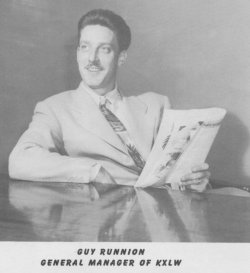
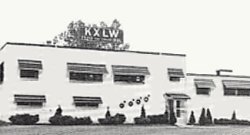
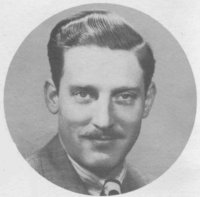

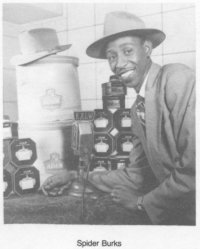
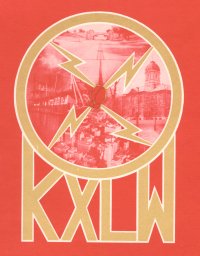
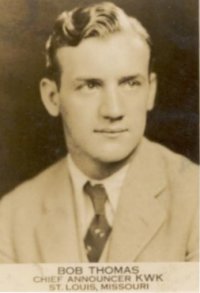
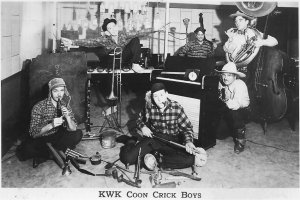
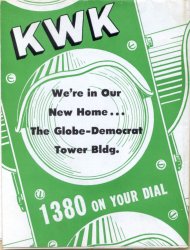
 Ed would often hold me through a commercial so I was trapped when he went back on the air. And, he frequently used these opportunities to give me a hard time – ‘Well, well, little Bobbie, the son of the boss. Isn’t that uniform cute?’ and ‘Do you have a girlfriend?’
Ed would often hold me through a commercial so I was trapped when he went back on the air. And, he frequently used these opportunities to give me a hard time – ‘Well, well, little Bobbie, the son of the boss. Isn’t that uniform cute?’ and ‘Do you have a girlfriend?’